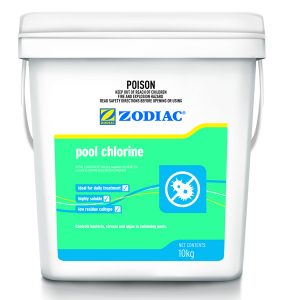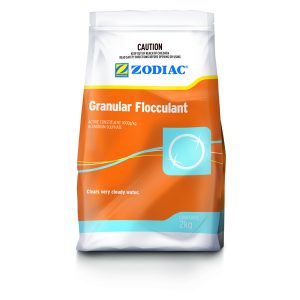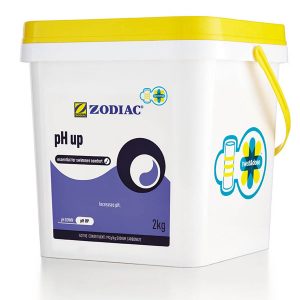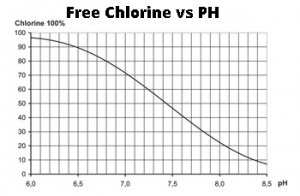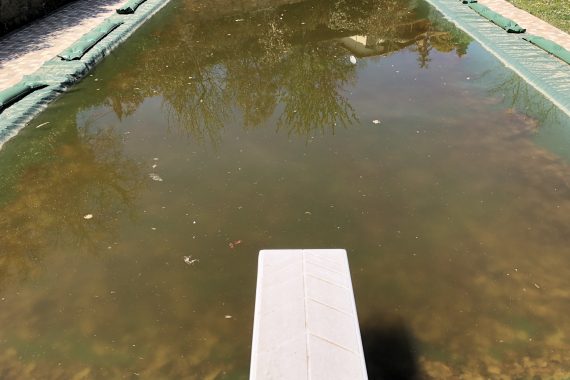
Bringing your pool back to a usable condition after a flood can seem a daunting task, but it is essential to do so before you use it.
What needs to be done will depend on the extent of the flooding and may mean no more than testing your water and making some adjustments to the chemicals in your pool or may be a major undertaking involving the replacement of your pump or other equipment.
Here is a brief rundown of some of the things you should do to get your pool up and running again.
The first thing you need to check is the safety of the pool and it’s surrounds and your pool equipment
- Check to make sure your pool fence is still sound and meets the requirements. This is particularly important if children have access to the general area. Please ensure the gate is fully functional and still closes automatically. Make sure the surrounds/deck areas have been cleaned of any debris and tools If needed, scrub and hose down to get rid of any mud or slippery build-up.
- No matter what the extent of the flooding, it is essential that you check the electricity supply to your pool area. This is especially the case if the area and equipment was inundated and under water. If the breaker switch on your circuit board has ‘tripped’, it would be prudent to get a licensed electrician to check the circuits for you. The electrician will also be able to check your pump and other electrical equipment to ensure they still work or have been damaged and need replacing.
- Whilst checking the safety of your pool, also check the shell of the pool itself to see if it has been damaged and needs repairs. If needed, make the appropriate arrangements with a pool technician or pool builder. Also check your pool tools to see if they are damaged and need replacing. Check the skimmer and basket as well.
- Now to start on the water. There will be numerous contaminants in your pool water so it would be a good idea to ‘shock’ your pool using a shock agent or hypochlorite. Be sure to follow the instructions on the label.
- If your water turns clear or is only slightly cloudy, test your water and adjust the chemistry to get it into balance. The water will have phosphates in it. Phosphates are the result of organic matter breaking down and can lead to the water becoming cloudy.
The first step is to get rid of the phosphates by adding a phosphate remover as directed. This will normally make the water even more cloudy You can treat this by adding a clarifier as per the directions. Follow the instructions on vacuuming to waste if needed.
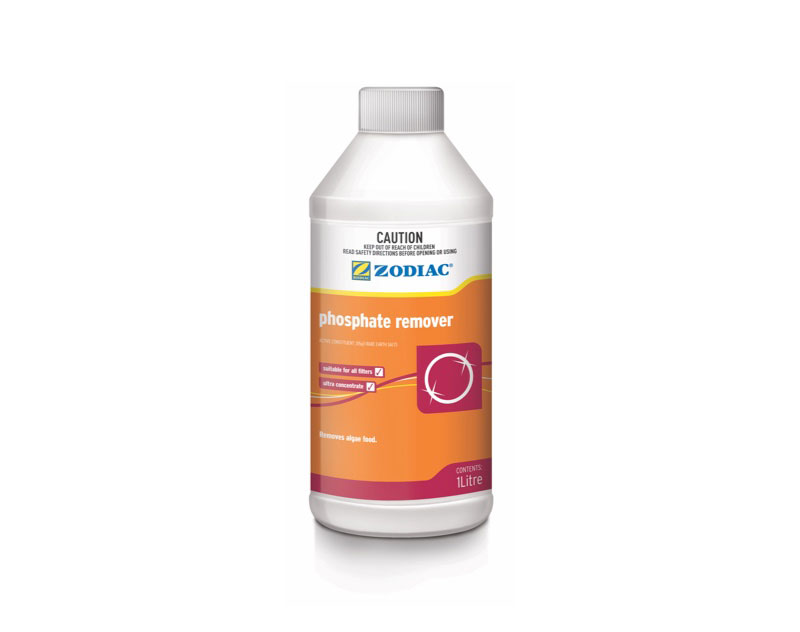
- If your water is full of large debris, remove by hand or scoop it out using a net.
- If the water has mud or other debris in suspension, you will need to floc the pool. Please ensure you follow the instructions on how to use the Flocculant, these are detailed on the packaging.
- For the best results of flocculant, the pH of the pool water should be 8.2. Use Soda Ash to raise pH levels if required
- After the sediment has settled, you will need to vacuum the waste. If you have a cartridge filter, remove the filter element. Make sure your pool has sufficient water in it as you will be pumping a large amount of water to waste.
- You may need to repeat this process if not all debris in suspension was removed.
- If the water ends up with a touch of green, it could be for two reasons.
It could be that you have a touch of green algae, and this can be tackled by adding an algaecide as per directions. If you used an algaecide previously, it may contain copper, and this can oxidize in the water and turn it green. This can be fixed by adding an appropriate metal remover according to directions.
If you used an algaecide previously, it may contain copper, and this can oxidize in the water and turn it green. This can be fixed by adding an appropriate metal remover according to directions.
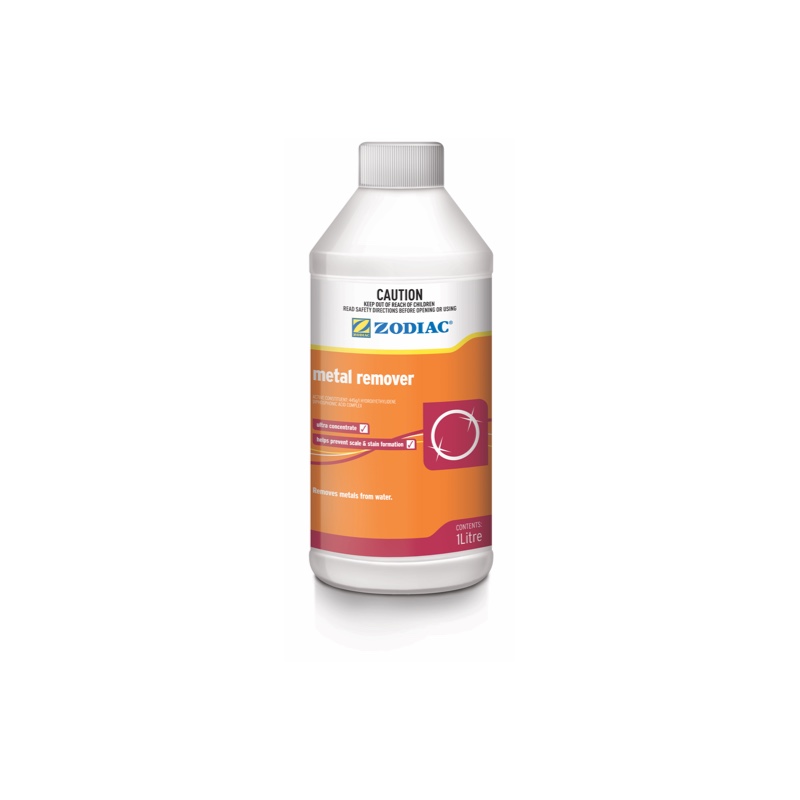
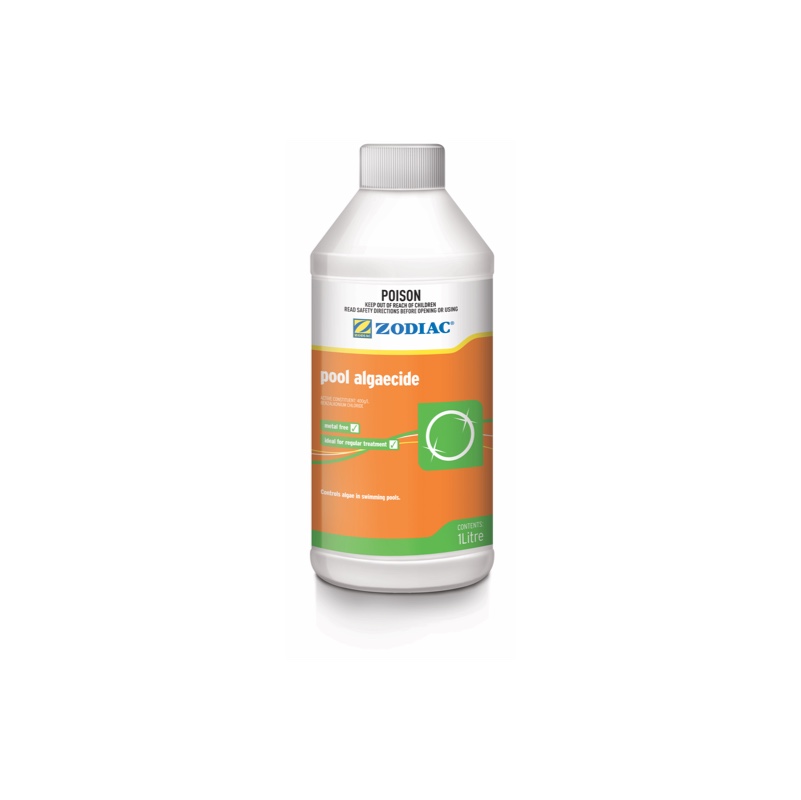
- You may need to repeat some of these steps to get the water clear.
- Test your water again and make any appropriate adjustments to the chemistry.
- It is essential you keep a close eye on your pool over the next few weeks. Keep a close eye on what the water looks like, test the water on a regular basis and take appropriate action as soon as you can to fix any anomalies.
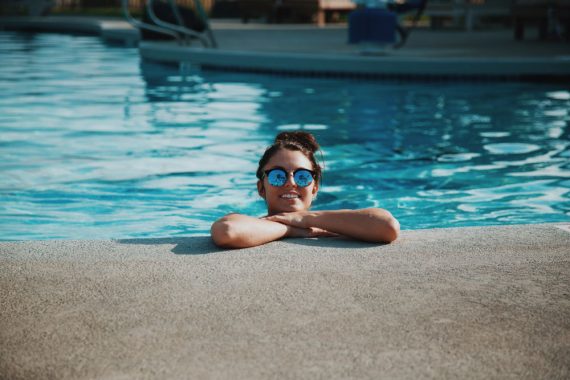
If you have any questions, feel free to contact our friendly team at Best Pool Supplies, we will be more than happy to provide advice.
Did you know you can save money by using our handy Chemical Pack Builder to put together an order with exactly what you need to keep your pool clean all year round?
Simply click the button below then you can add the chemicals you need and the savings will be calculated and displayed on the page. You can get free shipping and save up to 20%.

